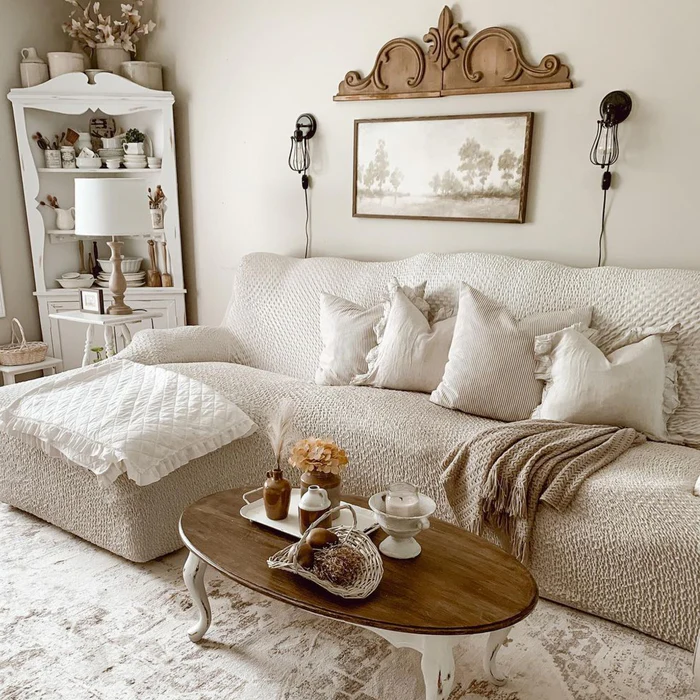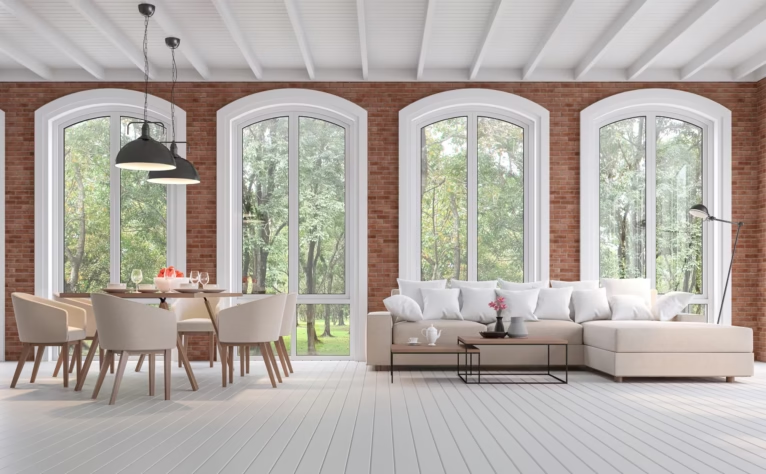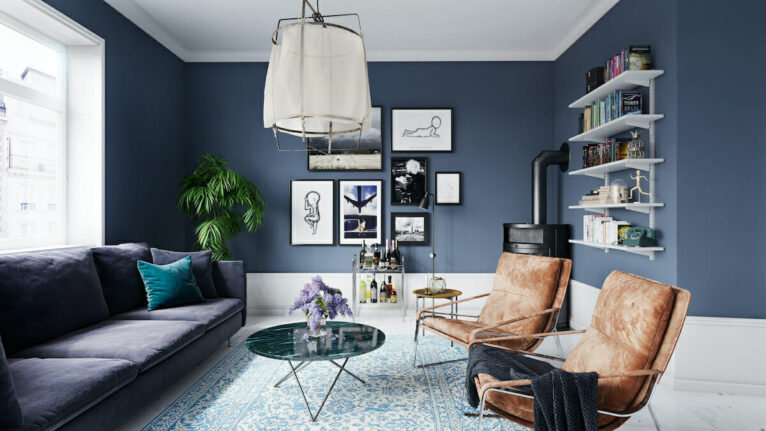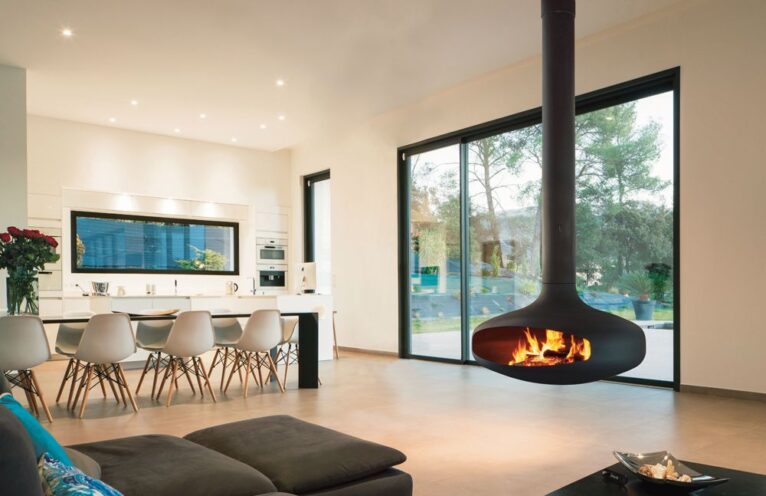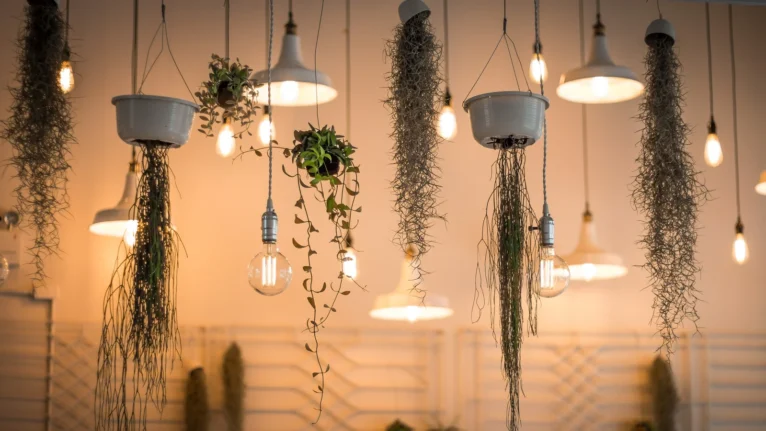Choosing the right slipcover can completely transform your furniture—giving an old piece new life, protecting against wear and tear, or simply changing up your home’s look. Whether you’re redecorating, pet-proofing, or staging your home for sale, a well-fitted slipcover is an affordable and stylish solution. But with so many options online and in stores, the question remains: where is the best place to buy slipcovers for furniture?
This in-depth guide covers top retailers, custom makers, budget options, and tips for buying slipcovers that look great, fit perfectly, and last longer.
What to Look for When Buying Slipcovers
Before you shop, keep these key factors in mind:
1. Size and Fit
- Ready-made: Available in standard sizes (e.g., small, medium, large)
- Semi-custom: Adjustable features like elastic, ties, or zippers
- Custom: Made to your exact measurements
2. Material
- Cotton: Breathable and washable
- Polyester: Durable and wrinkle-resistant
- Spandex blend: Stretchy and form-fitting
- Velvet or chenille: Plush and decorative
3. Purpose
- Aesthetic update
- Protection from pets or kids
- Temporary use for events or guests
4. Style
- One-piece or multi-piece designs
- Skirted or tailored
- Patterned or solid colors
Table: Slipcover Retailers Comparison
| Retailer | Type | Price Range | Custom Options | Return Policy | Best For | ||
|---|---|---|---|---|---|---|---|
| IKEA | Ready-made | $20–$100 | No | 365-day returns | Affordable basics | ||
| Amazon | Ready-made, stretchy | $25–$150 | Limited | Varies by seller | Fast delivery, wide selection | ||
| Etsy | Custom & handmade | $80–$300+ | Yes | Varies by shop | Unique or vintage furniture | ||
| Wayfair | Ready-made | $30–$200 | No | 30-day returns | Modern styles & bundles | ||
| Pottery Barn | Ready-made & custom | $100–$600 | Yes | 30-day returns | High-end tailored looks | ||
| SureFit | Ready-made | $40–$300 | Some adjustable | 30-day returns | Well-known slipcover brand | ||
| Comfort Works | Custom | $150–$700 | Yes | 60-day returns | IKEA-compatible & custom fits | ||
| Mamma Mia Covers | Ready-made, stretchy | $60–$250 | No | 30-day returns | Stylish form-fitting covers |
Where to Buy Slipcovers: Online Retailers
1. Mamma Mia Covers
- Pros: Stylish, form-fitting stretchy slipcovers, machine washable, wide color range
- Cons: Limited pattern variety, not customizable
- Best for: Sleek, ready-made slipcovers that look tailored without the cost of custom designs
- Pros: Stylish form-fitting designs, easy to apply, machine washable
- Cons: Limited pattern variety
- Best for: Stretchy slipcovers that look tailored without custom pricing
2. Amazon
- Pros: Fast shipping, budget options, thousands of reviews
- Cons: Inconsistent quality, complicated returns from third-party sellers
- Best for: Stretch slipcovers, temporary use, pet-proofing
3. Wayfair
- Pros: Huge inventory, filters by furniture type, trending designs
- Cons: Limited custom fit
- Best for: Mid-priced styles, seasonal deals
4. Pottery Barn
- Pros: Designer-level fabrics, tailored fits
- Cons: Expensive, limited selection for non-PB furniture
- Best for: High-end decor, custom looks
5. SureFit
- Pros: Trusted brand, lots of tutorials, wide color range
- Cons: More traditional styles
- Best for: Stretch and classic-fit slipcovers
6. Comfort Works
- Pros: Made to fit IKEA and other brands, extensive fabric selection
- Cons: Takes 3–5 weeks to ship
- Best for: Hard-to-fit sofas, long-term upgrades
7. Etsy
- Pros: Custom slipcovers for antique or unique pieces
- Cons: Varying lead times, harder to compare options
- Best for: Vintage chairs, mid-century furniture, bespoke items
8. Target
- Pros: Affordable and on-trend
- Cons: Limited selection, mainly basic fits
- Best for: Quick refreshes on a budget
In-Store Shopping Options
1. IKEA
- Offers slipcovers for most of their own furniture lines
- Good quality at low prices
- Great if you already own IKEA couches and chairs
2. Bed Bath & Beyond
- Occasionally carries SureFit and other brands
- Often has sales and coupons
- Limited styles and sizes in-store
3. HomeGoods / TJ Maxx / Marshalls
- Great for discount finds
- Unpredictable inventory
- Best for quick replacement or seasonal changes
4. Local Upholstery Shops
- Can custom-make or tailor existing slipcovers
- Support small businesses
- Higher cost but better fit and quality
Buying Custom Slipcovers Online
If you need a slipcover for an unusually shaped piece—like a camelback sofa or an armless chair—custom is often the best solution.
What to Expect:
- Provide measurements or photos
- Choose fabric and style
- Pay 30–70% more than ready-made
- Wait 2–6 weeks for delivery
Top Custom Vendors:
- Comfort Works (best for IKEA, West Elm, Pottery Barn furniture)
- Bemz (European source for IKEA slipcovers)
- Etsy sellers (can work from photos and fabric requests)
Choosing the Right Fabric for Your Needs
- Pets & kids: Choose stain-resistant performance fabrics or dark colors
- Allergy sufferers: Hypoallergenic cotton or microfiber
- Summer look: Linen blends or lightweight cotton
- Cozy vibe: Velvet, fleece, or quilted materials
How to Measure for a Slipcover
Most slipcover sites provide size guides, but here’s what you’ll typically need:
- Width: Outside arm to outside arm
- Depth: Front edge to backrest
- Height: Floor to top of backrest
For cushions or multi-piece slipcovers:
- Measure each piece individually
- Allow for stretch if using elastic fabric
Styling Tips for Slipcovers
- Tuck fabric neatly into creases for a tailored look
- Use foam inserts or cardboard strips to keep covers in place
- Pair with matching throw pillows or a decorative blanket
- Opt for neutral tones if your room has bold accents
Slipcover Care and Maintenance
- Always follow washing instructions (many are machine washable)
- Spot-treat spills with a damp cloth or fabric cleaner
- Avoid bleach or harsh detergents
- Steam or iron as needed (check fabric care)
Sustainability Tip
Buying slipcovers helps extend the life of your existing furniture, reducing waste. Choose eco-friendly fabrics (like organic cotton or recycled polyester) when possible, and support makers who use low-impact dyes.
Whether you’re looking for a budget-friendly way to refresh your living room or a custom-tailored cover for your heirloom armchair, there’s a slipcover solution for you. From global marketplaces like Amazon and Etsy to specialized companies like Comfort Works, finding the perfect slipcover has never been easier.
By considering your furniture type, design goals, and how much wear-and-tear your cover needs to endure, you can make an informed purchase—and enjoy a whole new look without buying new furniture.
So go ahead—shop smart, measure carefully, and let the right slipcover bring new life to your space.

